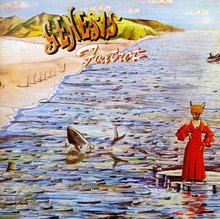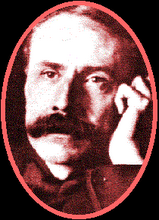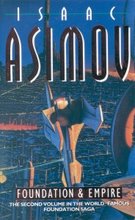
Building blocks supplied by the Carnegie Institution via Science Daily.
Astronomers at the Carnegie Institution have found indications of highly complex organic molecules in a disk of red dust surrounding a distant star, the eight-million-year-old HR 4796A. A romantic designation if ever there was one.
HR4796A, located in Centaurus and about 220 light years from Earth, is thought to be in the late stages of planet formation and it is suggested that the basic building blocks of life may be common in planetary systems.
The researchers found that the spectrum of visible and infrared light scattered by the star's dust disk looks very red, the colour produced by large organic carbon molecules called tholins.
Tholins (from the Greek word meaning "muddy") do not exist on present-day Earth but are thought to have existed on the primitive planet billions of years ago and were likely to have been the precursors to the bio-molecules that make up living organisms.
The dust is generated by collisions of small bodies like comets or asteroids which may be coated by the organics. These planetesimals can deliver these building blocks of life to any planets that may also be circling the star.
Tholins have been detected elsewhere in the solar system, such as in comets and on Saturn's moon Titan, where they give the atmosphere a red tinge. However this study is the first report of tholins outside the solar system.














1 comment:
Greeat read thanks
Post a Comment